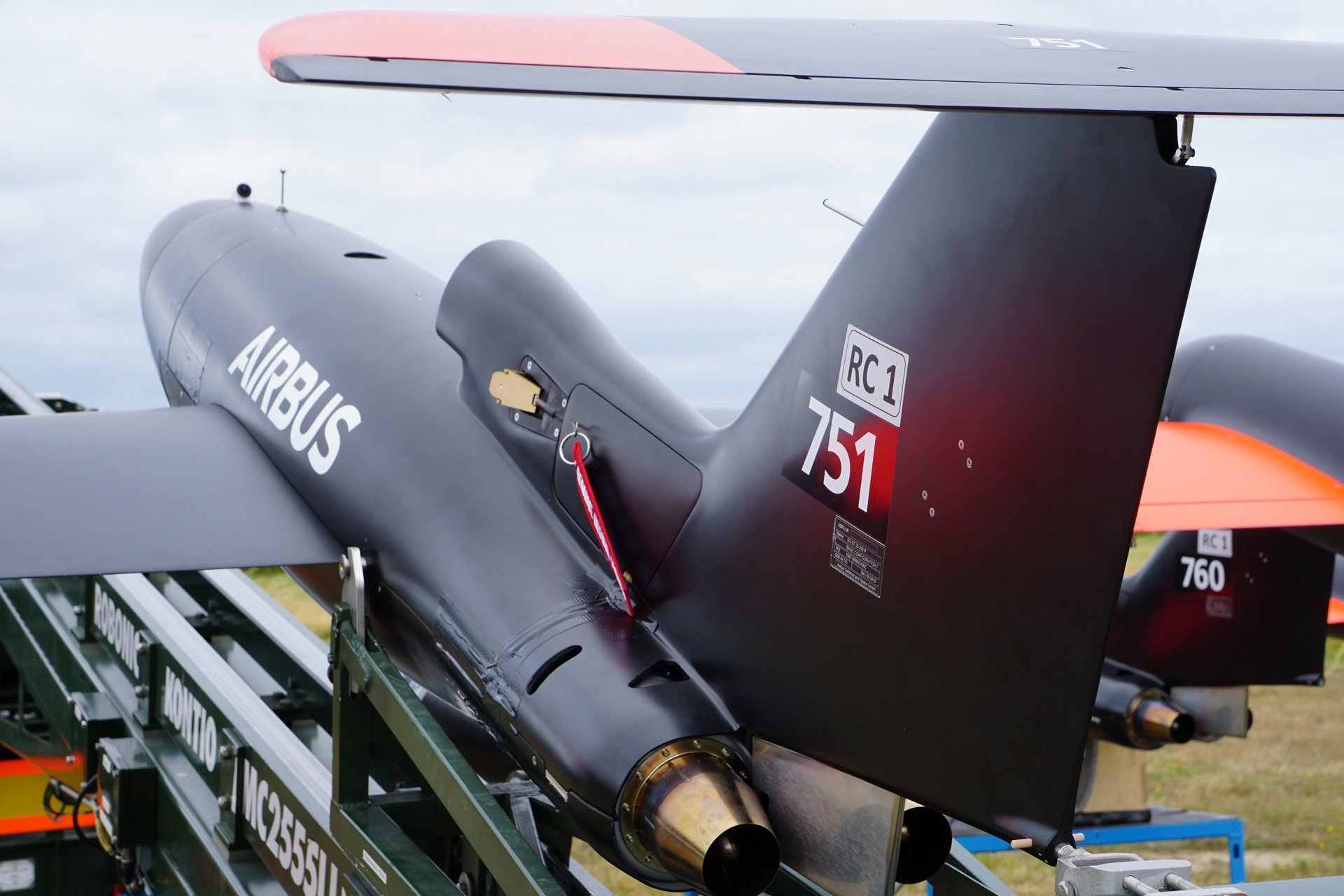
Over the Baltic Sea in a test zone controlled by Germany, European aerospace and defence giant Airbus has demonstrated the ability of a team of drones to interact intelligently with a manned aircraft in what it described today as an “unprecedented achievement” for Europe.
The swarm of unmanned Do-DT25 systems was able to provide situational awareness to a mission group commander located a safe distance away aboard the manned aircraft, the company said; a taste of a “smart, modular and connected” future in which such interactions are a crucial air power “force multiplier”.
To make this Manned-Unmanned Teaming (MUT) happen, multiple capabilities and enabling technologies are required at sufficient maturity levels Airbus said – “from teaming/swarming algorithms and new sensors to mission management systems for command and control assistance by the manned aircraft’s crew.”
Biomimetic swarm algorithms are notoriously challenging.
An important factor being tested as part of the trails was Airbus’ flight management and flight control systems designed in-house for specific use in unmanned air vehicles.
The system mixes intelligent swarming capabilities, automatic guidance, navigation and control. Airbus notes in its blog that the demonstrations brought together several of the company’s programme and product lines, with the main development and test phases conducted “during a short timeframe and at low cost – supported by an agile, rapid prototyping environment and a risk-mitigation approach.”
Expertise gained during the manned-unmanned teaming test flight campaigns, which took place in July, will be applied by Airbus to develop Europe’s Future Combat Air System (FCAS), the company said.
Airbus Drone
Earlier this month Airbus also showcased the capabilities of their unmanned teaming aerial systems for use in search and rescue operations.

They simulated a sailor lost at sea scenario where a search helicopter is deployed from the coast to find the missing person. This is a situation in which time is of the essence and it can be difficult to find one person lost at sea given the vast area that needs to be searched.
As part of the search and rescue team deployed in the helicopter is a drone operator who is linked to five unmanned aerial systems. These drones act as extra sites of eyes considerably enlarging the area that the single helicopter search team can cover.
See Also: Airbus Teams Up with Regulators to Talk Urban Drone Deliveries
Mark Henning H145 Programme Manager at Airbus Helicopters commented in a blog post that: “UAS can not only enlarge search areas but also access areas a helicopter might find difficult. They are able to explore unknown territory and deliver information to the helicopter crew, which can then step in with the helicopter’s superior effects.”
“It has to be as straightforward as possible. The UAS can carry out certain tasks autonomously, but there is still a lot for the operator to handle – in addition to the other duties onboard they might have.”
Henning notes that the technology while in a working condition still has issues and that: “There’s still a lot of work to be done in this area, but it would ultimately open up a range of applications for MUT. The technology can be implemented in any kind of helicopter and interact with all types of unmanned systems – the potential is considerable.”






